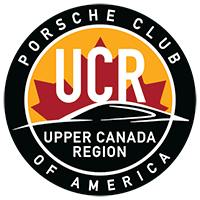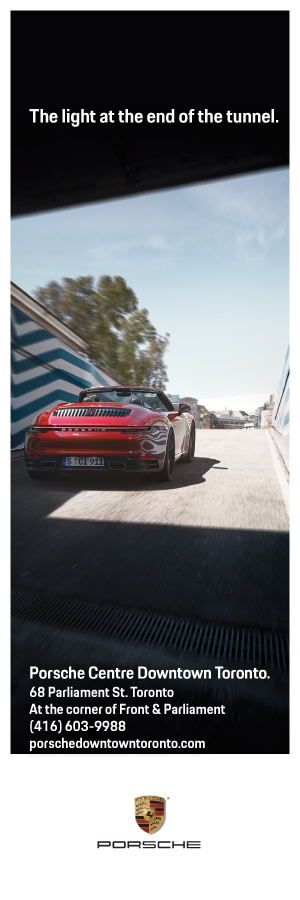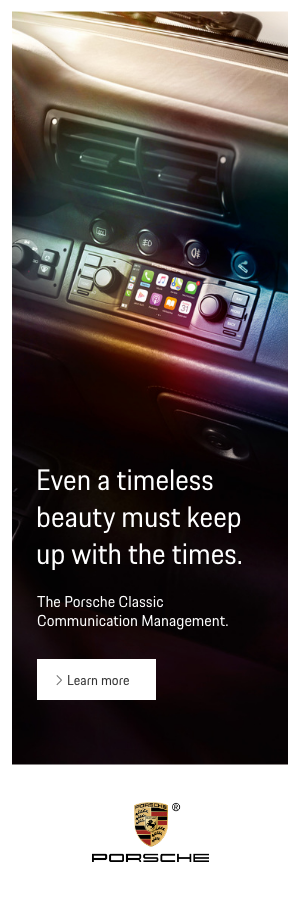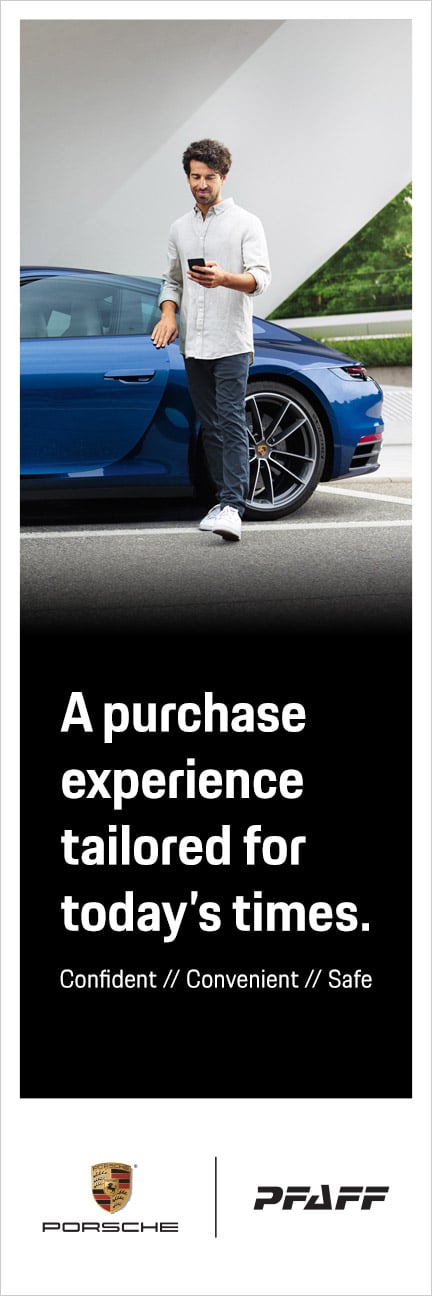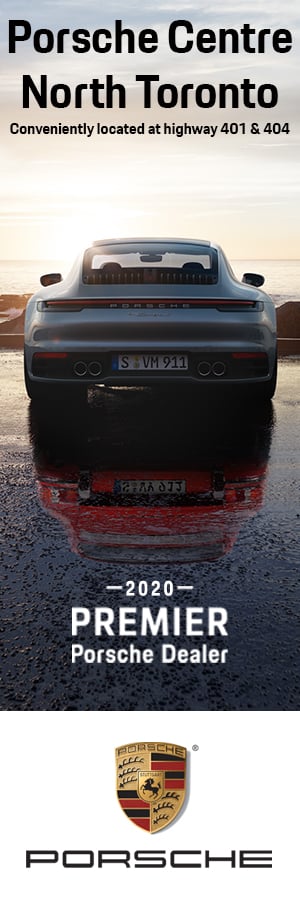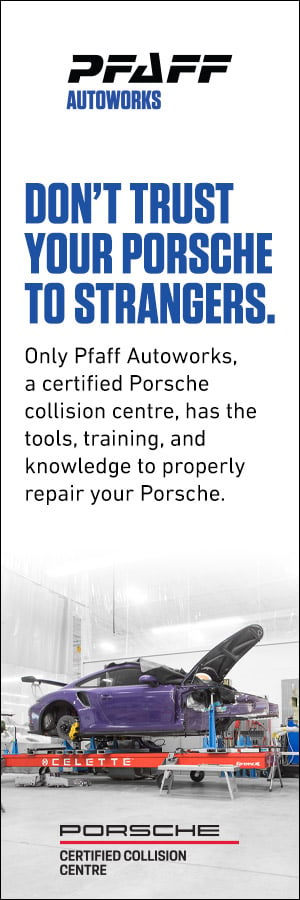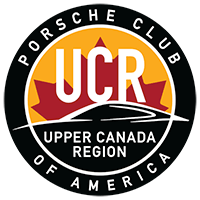AS MENTIONED IN THE YEAR-END REPORT, to prepare you for the 2023 autocross season, Provinz is presenting a three-part primer series. The articles will contain all you want, or at least need, to know to have fun and improve. While aimed at those starting out, even if you are an experienced autocrosser, we’re sure you’ll find a reminder of something you forgot about or gain some new information to help you up your game.
The articles will contain general information about autocross, along with information specific to the UCR autocrosses. The UCR autocross website can be found at: https://pcaucr.org/driving/autocross/. The website will also lead you to the BMW Trillium website which has additional information.
Autocross (General)
So what is autocross? Well first, you should know that it is known by several names: autocross (abbreviated autoX), autoslalom or just slalom. All of these refer to a low(er) speed event, typically held on a parking lot or airstrip, where the course is marked out by orange traffic cones (usually lots of them). Unlike a track event, the courses vary from event to event, so a new course must be learned for each event.
So, you have one of those wonderful German machines, new or old, in your garage, but how do you really exercise it? If you are lucky enough to live away from the crowded parts of Ontario, you might have a favourite route or two where you can be adventurous, but you still have to deal with speed limits, oncoming traffic and poor road surfaces. For the rest of us, other than the racetrack, how can we experience the handling and power that have been designed into our cars? This is where autoX is a nice option.
AutoX is typically a one-day event, often over by 2 or 3 in the afternoon. AutoX is run against the clock, rather than against other cars on the same circuit at the same time. Typical maximum speeds are 70-80 km/h. The courses are typically tight and twisty, take 50-80 seconds per run and have 20 or more turns per run. Straight sections are generally very short. The emphasis in autoX is on precision driving and car handling rather than all-out speed through the corners or straights. The courses are laid out in a manner that builds in a safety factor, in case of loss of control, so a car will end up far away from curbs, poles or other obstacles on the course. As the speeds are not too high and the runs are relatively short, the events are fairly easy on the car, with limited wear and tear.
The typical course features a standing start and ends with a full stop, with the start and stop in separate locations. Depending on the timing gear and the nature of the course, only one car at a time may be on course, or more than one, if this can be achieved safely. Timing is typically electronic, to the 1/1000 of a second with modern gear. Drivers will be allowed multiple timed runs.
AutoX feels faster than it is because the turns come at the driver in quick succession. The basics are the same as track driving: smoothness of input and using your vision to look well ahead to plan your path, but the risk level is much lower. AutoX is run rain or shine, hot or cold. This provides experience in your car’s handling under optimal and sub-optimal conditions, which can be very valuable for the track or in real-world situations. AutoX provides a great opportunity to push your car to its limits, with minimal consequences associated with an error. After all, where do you want to learn the difference between oversteer and understeer and how to safely manage either situation? On a wet 270 degree decreasing radius freeway ramp, at 140 km/h in the middle of turn 8 at CTMP, or at 40 km/h in a parking lot with lots of open asphalt?
Even for those who participate in High Performance Driver Ed (HPDE), as run by the UCR and others, autoX provides a great stepping stone, and even an in-season tune-up. It is a tool to continue to refine skills that are harder to learn at a track. Transferring back and forth helps both events.
It should be pointed out that your personal auto insurance is NOT in effect – this is a competitive event. However, as noted previously, the organizers make every effort to provide as much margin for error as possible.
Autocross (UCR/Trillium)
The UCR autoX events are jointly run with the Trillium section of the BMW Car Club of America. At this point in time, much of the event planning and execution is by the Trillium section, for which we are most appreciative. The joint operation also means that a wide range of cars compete, as Trillium does not restrict participation to just BMWs.
Typically, there will be 6 or 7 events per year, about one per month. UCR/Trillium events have 5 timed runs with no practice beforehand allowed. Usually, for the keeners, there are extra, untimed runs after the official part of the event has concluded. With no practice runs allowed, the information gained through the course walk before starting is absolutely critical.
Currently events are held at the CAA Centre in Brampton. It is a medium-sized parking lot, relatively close to rectangular, so the courses are fairly tight. The courses often cross back on themselves, so the mental aspect of autoX comes into play. It is critical to memorize and understand the course. The mental aspect is as important as the physical driving and car control aspects.
The UCR/Trillium events are competitive, but far from hard core. Participants are congenial and there are no protests or complaining. Well, maybe a few complaints when a driver has a poor run…it does happen… The events are as much about competing against yourself as the other drivers. A perfect day would see an entrant not DNF (fail to finish a run by going off-course) a single run, and improve their time for each successive run, being fastest on the last run. For those who just want to have a good time, UCR has always offered the option of not being timed or having times published. For those who are being timed, the organizers set up a local internet and post the times online immediately, so drivers can track their progress run-by-run on their phones without bothering the timing staff.
UCR/Trillium events use a handicapping system developed and maintained by the Sports Car Club of America. The SCCA rulebook, for 2022, with classing information can be found at: https://cdn.connectsites.net/user_files/scca/downloads/000/060/877/2022_Solo_Rule_Bookv8.pdf?1661354272. The 2023 rules will likely have minimal changes, but should be referenced when they are issued. The handicapping is reviewed and updated every year, based on actual real-world results. The 2023 PAX (handicapping) indices can be found at: https://www.solotime.info/pax/. Every entrant must provide very specific information on their car and all modifications made to it. Sometimes, the most minimal of modifications will be enough to push a car into a higher performance class. While cars are visually checked, the event operates on the honour system, in terms of car owners reporting their modifications, or lack thereof. The handicapping system makes it possible for very different cars to compete on a (relatively) level playing field, although for our events, it seems that old Miatas and new Caymans are super competitive. But drivers have brought all kinds of cars from Subaru wagons to Teslas to Corvettes, and all are welcome.
UCR/Trillium autoX is a cooperative event. You don’t just get to drive, but you have to contribute as well. Entrants must marshal about 1/3 of the time. Marshalling consists of some activity related to operating the course, be it observing that cars stay on course and replacing knocked-down cones, or operating the start line or stop block areas.
In the next two months, we will provide more information on what you need to do to prepare for an event, and then finish with how to get the most out of every run you attempt. </>
Story by Hart Solomon and Ian Drew
